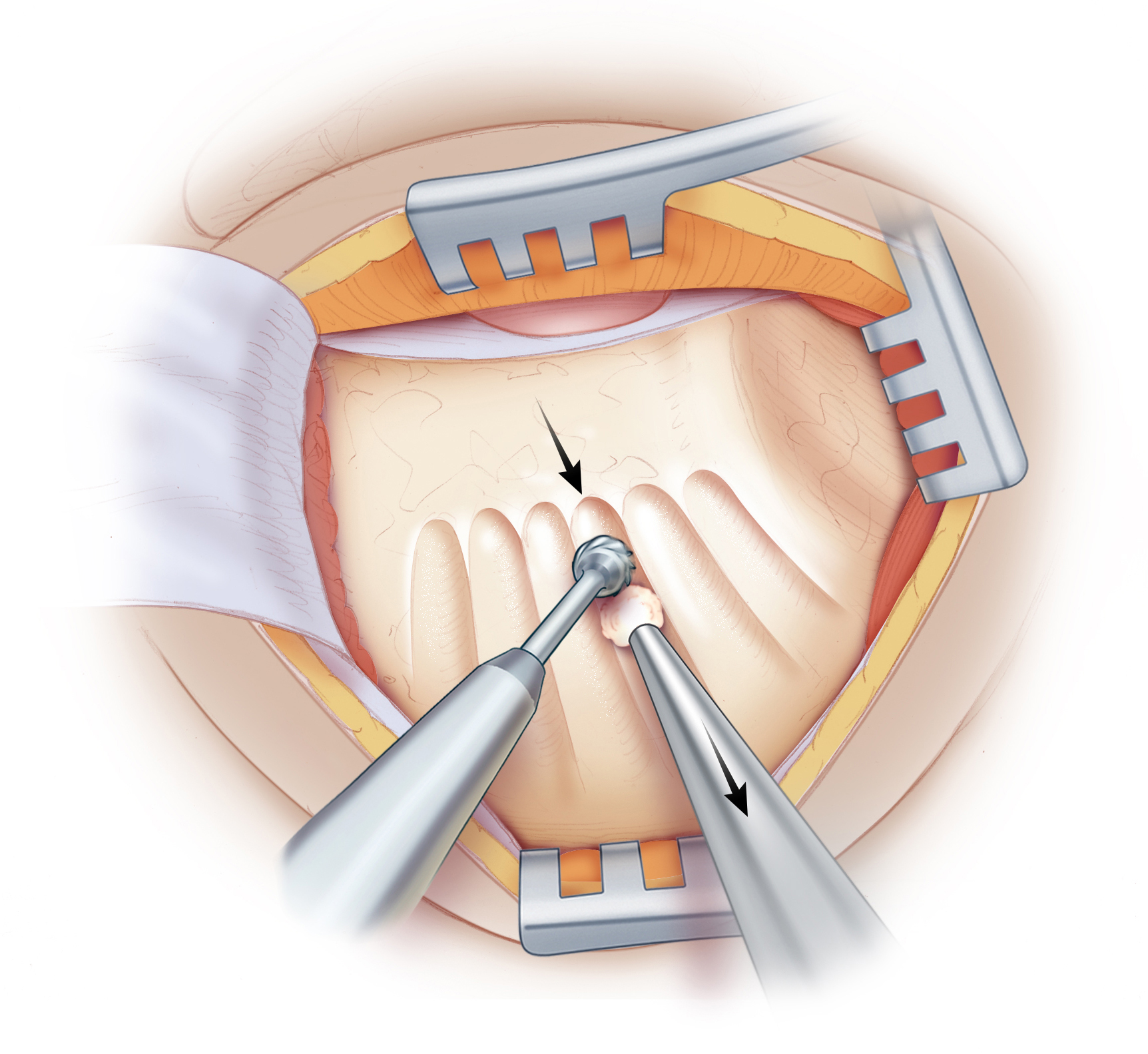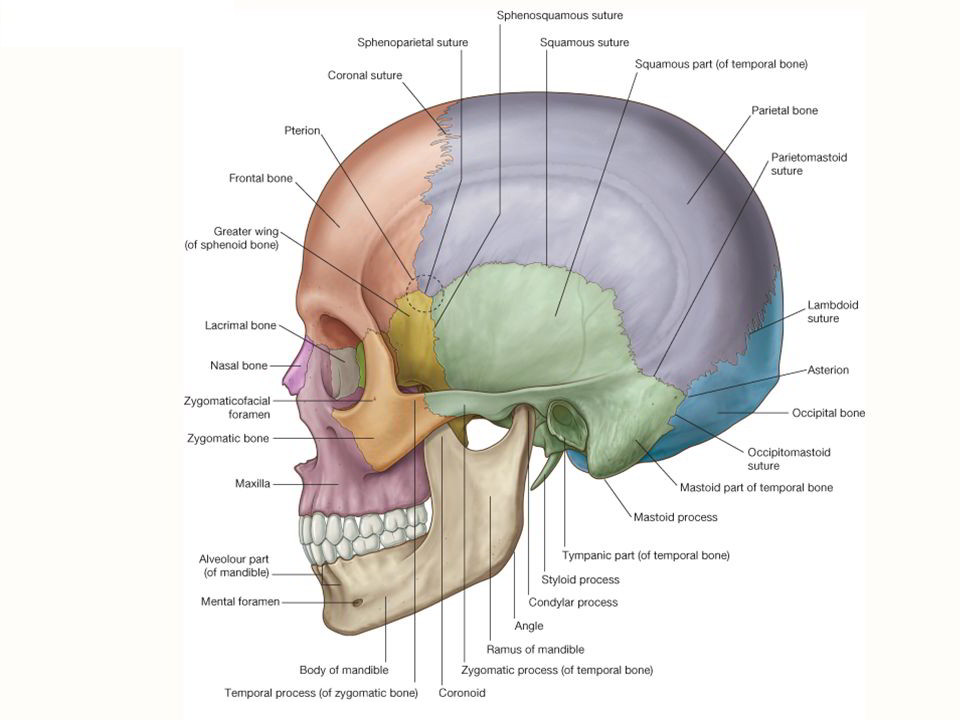
These differences be-gin in childhood and continue in adulthood. Conclusions Some craniofacial parameters, especially vertical parameters, differ with sex.

Most men and women had Körner septum present, and mean thickness of Körner septum was significantly greater in men than women. The intercochlear distance was significantly correlated with mastoid depth, midpoint of the pharyngeal opening distance, sella to na-sion distance, and nasopharynx sagittal area and inversely with angle of the auditory tube. Results Compared with women, men had significantly greater mean osseous auditory tube length, cartilaginous auditory tube length, mastoid length, intercochlear dis-tance, sella to posterior nasal spine distance, sella to basion distance, and nasopharynx sagittal area. Methods In 60 normal adults (30 men and 30 women) who had no otitis media, craniofacial parameters were measured retrospectively on two-dimensional reformatted computed tomography scans. Purpose To compare normal male and female craniofa-cial parameters in adults and evaluate associations of sex and intercochlear distance with other craniofacial parameters. The research confirmed the positions of Sao Paulo and Mexico City as the leading FDI destinations of the region, however these cities have a limited participation on the regional By relating location factors and FDI, we recognised significant factors for the attraction of creative segments. In our methodology, we argue that FDI can be useful in regional analysis by using the number of investment as a measure of attractiveness. The use of longitudinal and network analyses, allowed to describe the development of the network over a period of time, as well as to present a picture of the accumulated linkages. To ensure the thoroughness of the study, we used analyses and techniques that complemented each other’s results. In consequence, we present a tool to help cities identify factors that will improve competitiveness in creative segments. The regional analysis in Latin America included observation of trends, description of actors, and evaluation of indicators which resulted in empirical evidence of important factors to attract creative segments. The research seeks to understand the general dynamics of the creative segments network by the profound study of a region of the world. High interobserver agreement on the detection and grading of endolymphatic hydrops and the correlation of MR imaging findings with the clinical scoreīy selecting creative industries as the subject of this study, we support the argument that the promotion of creative segments is beneficial to the general development of a city and a society. CONCLUSIONS: MR imaging supports endolymphatic hydrops as a pathophysiologic hallmark of Menière disease. Endolymphatic hydrops was detected in 73 % of ears with the clinical diagnosis of possible, 100 % of probable, and 95 % of definite Menière disease. The correlation between the presence of endolymphatic hydrops and Menière disease was 0.67. The averageMR imaging grade of endolymphatic hydrops was 1.27 0.66 for 55 clinically affected and 0.65 0.58 for 10 clinically normal ears. Interobserver agreement on detection and grading of endolymphatic hydrops was 0.97 for cochlear and 0.94 for vestibular hydrops. RESULTS: Of 53 patients, we identified endolymphatic hydrops in 90 % on the clinically affected and in 22 % on the clinically silent side. Interobserver agreement was analyzed, and the presence of endolymphatic hydrops was correlated with the clinical diagnosis and the clinical Menière disease score. Endolymphatic hydrops was classified as none, grade I, or grade II. MATERIALS ANDMETHODS: MR images of the inner ear acquired by a 3D inversion recovery sequence 4 hours after intravenous contrast administration were retrospectively analyzed by 2 neuroradiologists blinded to the clinical presentation.

BACKGROUNDAND PURPOSE: Endolymphatic hydrops has been recognized as the underlying pathophysiology ofMenière disease.We used 3T MR imaging to detect and grade endolymphatic hydrops in patients with Menière disease and to correlate MR imaging findings with the clinical severity.


 0 kommentar(er)
0 kommentar(er)
